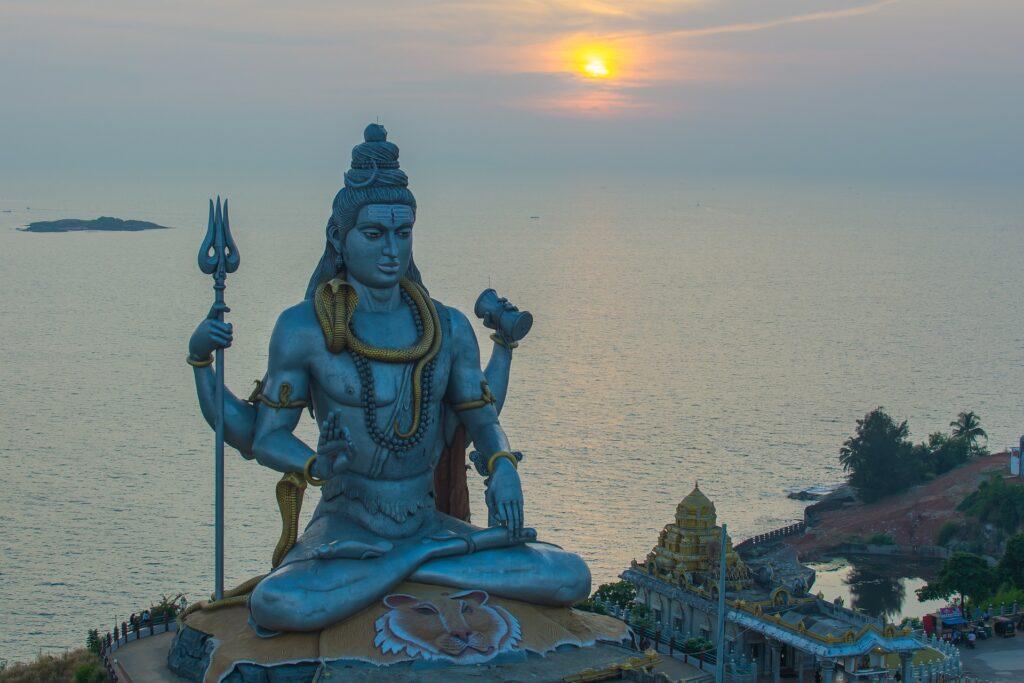February (Magha-Phalgun)
Bhishma Dwadashi

Keeping a fast on Bhishma Dwadashi provides a person with all the happiness and contentment. It relieves a person from all sins. Donations, charities etc to Brahmanas should also be made on this day. Bhishma Dwadashi is celebrated on the second day of Ekadashi in the Magh month’s Shukla Paksha. Bhishma was told about this fast by the Lord who kept this fast with devotion and dedication. Hence, this day is known as Bhishma Dwadashi. Om Namo Narayanaya Namah and other such mantras should be recited to worship Lord Vishnu on this day. This relieves a person from all sins.
Bhishma Dwadasi, or Bhishma Dvadasi, is observed on the 12th day in the month of Magha (January – February) during the Shukla Paksha (waxing phase of moon). Bhisma Dwadasi is also known as Magh Shukla Dwadasi. It is widely believed that Pandavas performed the last rites of Bhishma, the son of King Shantanu and Ganga in Mahabharata, on this day
Bhishma Dwadashi is an auspicious Dwadasi vrata observed on Shukla Paksha dwadasi in Magh month. It marks the end of Bhishma Panchak Vrata which begins on Bhishma Ashtami. Devotees who have started their Ekadashi vrata would break their fast on Bhishma Dwadashi by performing special puja to Lord Vishnu. Reciting Vishnu Sahasranama stotram and performing Vishnu puja are the best rituals to observe on Bhishma dwadasi.
Maha Shivratri

According to Hindu mythology, Mahashivratri is Lord Shiva’s favourite day so by worshipping Lord Shiva on the auspicious occasion of Mahashivratri one can attain his blessings very easily.
According to Linga Purana, it was on Shivaratri that Lord Shiva manifested himself in the form of a Linga for the first time. Since then, the day is considered to be extremely auspicious by the devotees of Shiva and they celebrate it as Maha Shivaratri – the grand night of Shiva.
Mahashivaratri is celebrated on Shukla Chaturdashi falling in the night of the month of Phalgun. If it falls or does not fall on two nights then in that case it is celebrated on the second day.
The festival is principally celebrated by offerings of Bael leaves to lord Siva, all-day fasting and an all-night-long vigil. People in India generally observe fast on this day. The devotees chant ‘Om Namah Shivay’ mantra & penances are performed in order to gain boons in the practice of Yoga and meditation. The planetary position on this day, act as potent catalysts to upgrade spiritual energies of the devotee. It proves highly beneficial to chant Maha Mrityunjaya Mantra on this night.
Wearing a rosary made from Rudraksha and applying turmeric vermilion or holy ash on forehead symbolizes a holy ritual on this religious festival. Holy Mantras are also recited and special puja ceremonies are held throughout the night to celebrate Shivratri. Mahashivratri is not only one of the magnificent festivals in India but also in Nepal and other regions where Lord Shiva is worshipped. Many Sadhus on Maha Shivratri visit shrines and offer marijuana (Bhang) to worshipers to spread the significance of the festival.
This fast is observed on the Krishna Chaturdashi of the month of Phalgun. Actually the night of Trayodashi Tithi is Mhashivaratri. On Trayodashi one should have food only once and on Chaturdashi one should not have food. After having your bath on the day of Chaturdashi one should perform Shodashopchar Puja of Lord Ganesha, Parvati and Nandi. Offering of mangoes to Lord Shiva along with Dhatura flowers, Bilwapatras, Durva, Kaner, Maulsiri and basil leaves is auspicious. Whatever is offered on Shivlinga should not be accepted back in the form of oblation. An idol of Shaligram should be placed near the idol of Lord Shiva. After the completion of Puja food and gifts should be offered to Brahmins. One should chant Bhajans in the night. Different types of Abhishekas can be preformed for sorting out different types of problems.
Phulera Dooj

Phulera Dooj is an iconic festival devoted to God Krishna and also known as the ritual associated with Holi. In Hindi phul means flower from which the term Phulera is derived. This festival is celebrated mostly in the North of India.
Phulera Dooj is a festival where people play with the flowers; is observed during the waxing phase of moon.
Phulera Dooj is celebrated eagerly by the North Indians especially in the Sri Krishna Temple at Mathura in Uttar Pradesh and the Radha Vallabh Temple in Vrindavan. The devotees of divine Krishna take part in various religious events conducted in the Krishna temples.
Phulera Dooj falls between Vasant Panchami and Holi, it represents that God Krishna has started to prepare for the upcoming festival of colors, which is usually organized in Krishna temples in the North of India. Hence Phulera Dooj indicates a start to the colorful festival ahead.
This festival is celebrated on Phalgun Shukla Dwitiya falling at sun rise. If this Dwitiya falls at sun rise on two days or does not fall at Sun Rise on any day then it is celebrated on the first day.
Any auspicious ceremony can be performed on this day including Puja of Lord Krishna.
